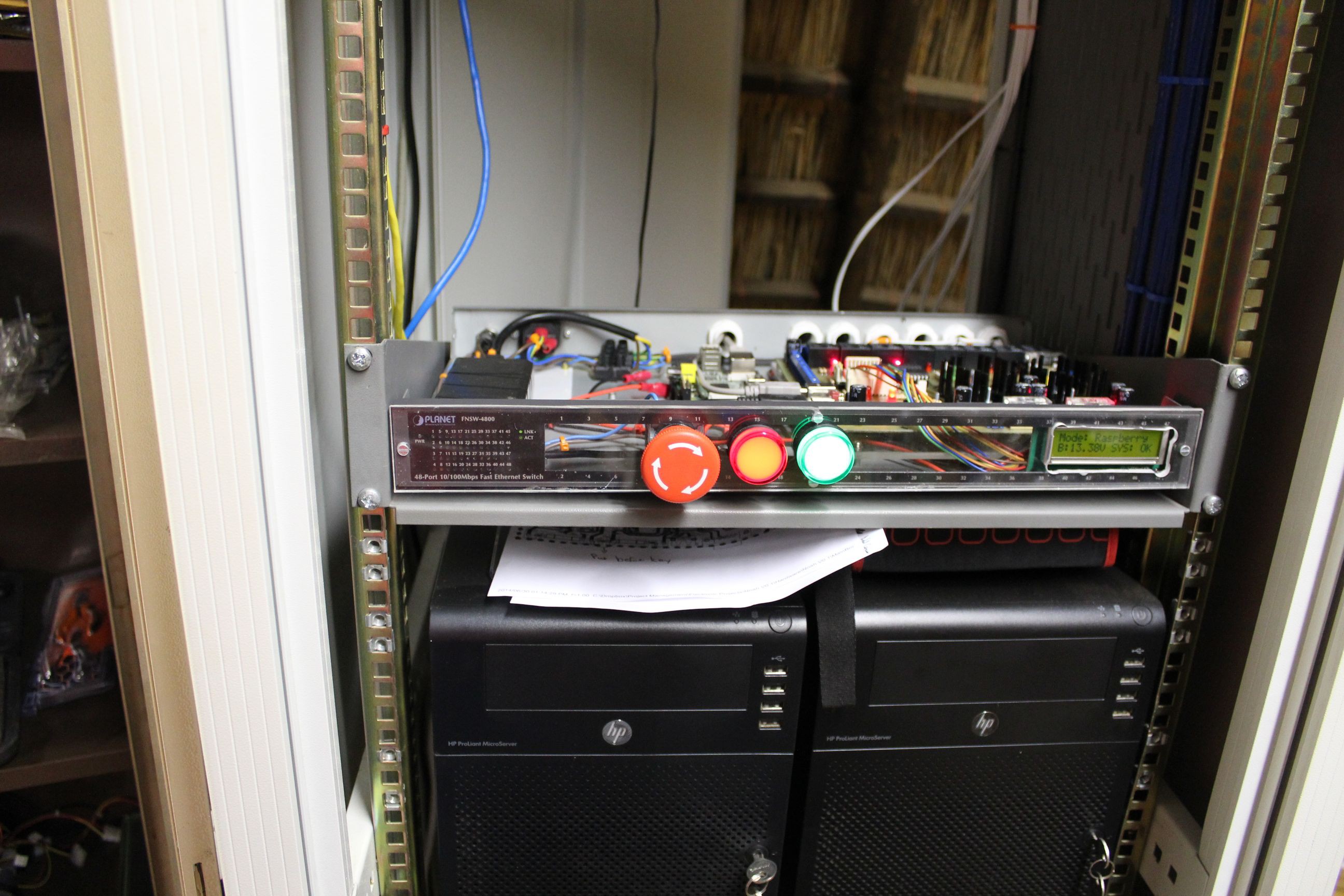Project Noah
Noah (Network Of Automated Hardware) aims to create an easy to use Open Source Hardware device coupled with some Open Source software that will make it easier to create a home automation system. Paired with a Raspberry Pi the Noah hardware can form nodes that can be interconnected to control things in your home, office or remote sites.
Design:
As with any project we need a list of things we want so we know what to design and develop for. The list below are my requirements but yours may differ especially regarding the enclosure details.
Board Requirements:
- 8 x Output Relays (2 x 12V DC and 6 x 220V AC)
- 8 x Inputs (2 Jumpers to add measuring of BATT V & Input V)
- LCD Screen (2x16 Characters)
- 1 RX/TX
- I2C
- Built In USB-to-serial
- Lots of indicator LED’s
- 5V USB connector for Raspberry Pi
- Battery backup
- 12V Lead acid battery charger
- Key Switch On/Off
- Trough hole components as far as possible
Enclosure Requirements:
- 1U Rack mountable
- Built in power supply
- Space for Battery
- Space for board
- Big RED Light
- BIG GREEN Light
- BIG RED ON/OFF button
- LCD Screen on front panel
Board Dimensions:
- 200mm x 160mm
 Dewet
Dewet





















 Ansaf Ahmad
Ansaf Ahmad
 Xasin
Xasin
 Joey Pongallo
Joey Pongallo
 Lutetium
Lutetium
can you share this project for me?